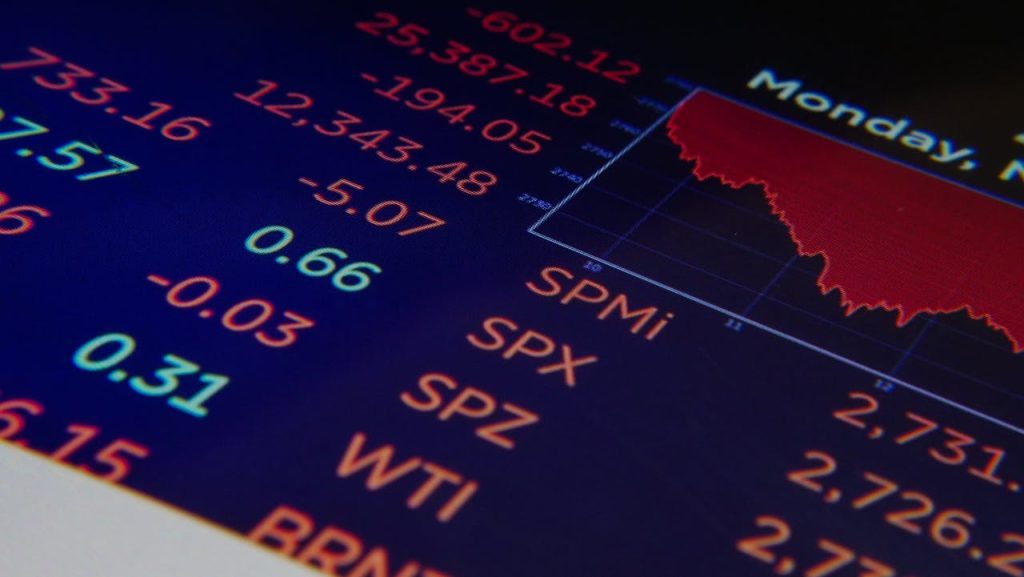
Image Source: pexels.com
Are you dreaming of turning a small investment into a life-changing fortune? The stock market is full of surprises; sometimes, the biggest winners hide in plain sight, right among the stocks under $5. These affordable stocks, often called “penny stocks,” can be risky, but they also offer the kind of explosive growth that can turn a modest portfolio into a millionaire’s nest egg. If you’re willing to do your homework and stomach a little volatility, these low-priced stocks might just be your ticket to financial freedom. Let’s dive into eight stocks under $5 that have the potential to make you a millionaire, and explore why these hidden gems deserve a spot on your watchlist.
1. Sirius XM Holdings Inc. (SIRI)
Sirius XM Holdings is a household name in satellite radio, offering a wide range of music, sports, and talk channels. Despite its low share price, Sirius XM has a massive subscriber base and a steady recurring revenue stream. The company’s recent push into podcasting and digital audio could open up new growth avenues. SIRI is a compelling choice for investors looking for stocks under $5 with a proven business model. According to Yahoo Finance, Sirius XM’s consistent profitability and strong brand recognition make it a potential long-term winner.
2. Nokia Corporation (NOK)
Nokia is a legendary name in telecommunications. While it’s no longer the mobile phone giant it once was, the company has reinvented itself as a leader in 5G infrastructure. As global demand for 5G networks accelerates, Nokia’s expertise and global reach could drive significant growth. With shares trading under $5, NOK offers exposure to a critical technology trend at a bargain price. Nokia’s transformation story is worth following if you’re seeking stocks under $5 with real-world impact.
3. Sundial Growers Inc. (SNDL)
The cannabis industry is booming, and Sundial Growers is one of the most talked-about stocks under $5 in this space. Based in Canada, SNDL has expanded its product offerings and distribution channels, positioning itself to benefit from the ongoing legalization of cannabis in North America. While the sector is volatile, the potential upside is enormous if Sundial can capture a larger market share. For risk-tolerant investors, SNDL could be a ticket to millionaire status.
4. Zomedica Corp. (ZOM)
Zomedica is a veterinary health company focused on innovative diagnostic and therapeutic products for pets. The pet care industry is growing rapidly, with more people treating their pets like family members. Zomedica’s flagship product, Truforma, is gaining traction in veterinary clinics, and the company’s low share price makes it an intriguing pick among stocks under $5. If Zomedica can continue to expand its market presence, early investors could see substantial returns.
5. Ideanomics Inc. (IDEX)
Ideanomics is a global company focused on driving the adoption of commercial electric vehicles (EVs) and fintech solutions. With the world moving toward cleaner transportation, Ideanomics’ investments in EV infrastructure and financing could pay off big. The company’s diverse business model and partnerships in key markets make it a standout among stocks under $5. IDEX could be a dark horse with millionaire-making potential as the EV revolution accelerates.
6. Castor Maritime Inc. (CTRM)
Shipping is the backbone of global trade, and Castor Maritime operates a growing fleet of cargo vessels. The company has aggressively expanded its fleet, taking advantage of low ship prices and rising demand for shipping services. While the shipping industry can be cyclical, Castor’s low debt and strategic acquisitions position it well for future growth. For those seeking stocks under $5 with exposure to global trade, CTRM is worth a closer look.
7. Transocean Ltd. (RIG)
Transocean is a leading offshore drilling contractor, providing services to major oil and gas companies worldwide. While the energy sector has faced challenges, rising oil prices and renewed exploration activity could boost demand for Transocean’s services. The company’s advanced fleet and global footprint make it a potential turnaround story among stocks under $5. If energy markets rebound, RIG could deliver outsized gains for patient investors.
8. Denison Mines Corp. (DNN)
Denison Mines is a Canadian uranium exploration and development company. As the world looks for cleaner energy sources, nuclear power is regaining attention, and uranium demand is expected to rise. Denison’s flagship Wheeler River project could be a game-changer if uranium prices continue to climb. For investors interested in stocks under $5 with exposure to the energy transition, DNN offers a speculative but potentially lucrative opportunity.
How to Spot the Next Millionaire-Making Stock
Finding stocks under $5 with millionaire potential isn’t just about picking names at random. It’s about identifying companies with strong fundamentals, innovative products, and exposure to growing industries. Look for businesses with a clear path to profitability, a competitive edge, and management teams with a track record of execution. Diversify your investments, stay informed, and remember that patience is key—many of today’s blue-chip stocks started as penny stocks.
Are you ready to take a chance on these affordable stocks under $5, or do you have your own hidden gems to share? Let us know your thoughts and experiences in the comments below!
Read More
10 Little Known Facts About Popular TV Shows
Rich and Poor People All Share These 10 Traits

Travis Campbell is a digital marketer/developer with over 10 years of experience and a writer for over 6 years. He holds a degree in E-commerce and likes to share life advice he’s learned over the years. Travis loves spending time on the golf course or at the gym when he’s not working.



